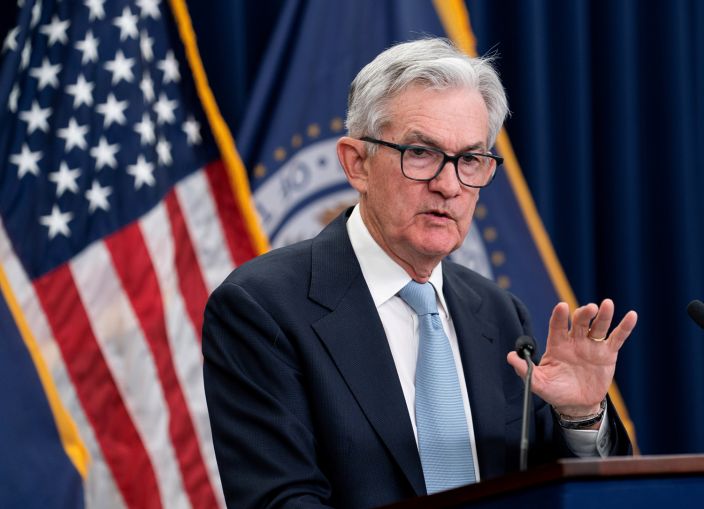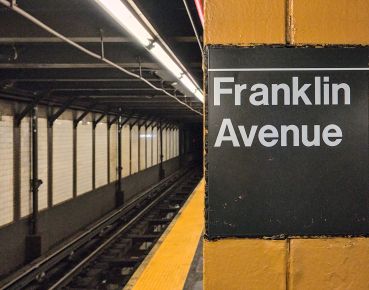Federal Reserve Boosts Commercial Real Estate With Pause in Rate Hikes
Uncertainty remains, though, as central bank keeps door open for future 2023 hikes depending on inflation.
By Andrew Coen June 14, 2023 2:55 pm
reprints
A commercial real estate industry hammered by large-scale interest hikes since March 2022 received some relief Wednesday when the Federal Reserve opted for a pause in its hawkish inflation-fighting strategy. Still, the central bank provided little indication that it was done raising rates this year.
The Fed announced Wednesday afternoon its benchmark interest rate would remain unchanged at between 5 and 5.25 percent. The decision followed 10 consecutive increases that dramatically raised borrowing costs for CRE market participants over the past 15 months. The central bank did, however, keep the door open for future rate hikes in 2023 depending on inflationary trends.
“Nearly all committee participants expect that it will be appropriate to raise interest rates somewhat further by the end of the year,” Fed Chairman Jerome Powell said in post-meeting remarks. “But at this meeting considering how far and how fast we have moved, we judged it prudent to hold the target rates steady to allow the committee to access additional information and its implications for monetary policy.”
The federal funds rate was at 0.25 percent to 0.5 percent in March 2022 prior to the Fed’s aggressive policy shift aimed at fighting inflation. The long string of Fed increases, which included four straight 75 basis point hikes from June to November last year, resulted in banks largely pulling back on lending activity amid much uncertainty about how high interest rates would climb.
Lisa Pendergast, executive director at the Commercial Real Estate Finance Council (CREFC), said the steady rise in the Fed’s benchmark interest rate has taken its toll on the CRE industry since it has also coincided with increased capitalization rates that many property sectors like office are experiencing as they also confront lower cash flows. Pendergast stressed that an indication from the Fed about where the end point is for raising rates is crucial for there to be more confidence with lending for refinancing deals and sponsors acquiring properties.
“I think pausing gives some sense that while they may not be able to fully determine when they will stop raising rates, it shows that enough work may have been done already to soon stop,” Pendergast said.
She added that while CRE faces some big challenges such as declining valuations in the office sector due to increasing hybrid work trends, the industry is far better positioned than past periods of economic uncertainty like the Global Financial Crisis (GFC) of 2008 because of healthier leverage levels. She said the stronger CRE fundamentals compared to the GFC should help spur increased transaction activity in the latter half of 2023 as further clarity on interest rate levels settles in.
“There has been a lot of capital that has been on the sideline ready to deploy for distressed commercial real estate properties,” Pendergast said. “We’re in a better spot today because of the underwriting standards going into this current cycle.”
The Fed’s decision to keep rates unchanged came a day after a Bureau of Labor Statistics report showed that consumer prices rose 4 percent annually in May, marking the smallest increase since early 2021. Powell said the Fed remains committed to bringing inflation down to its 2 percent target and does not anticipate any rate cuts until “inflation is coming down really significantly.”
Marcia Kaufman, CEO of Bayport Funding, a Great Neck, N.Y.-based balance sheet bridge lender, said the reality has set in for most CRE investors in terms of where interest rates will sit for the foreseeable future with a strong likelihood of not much downward movement over the next two years. She said there has been more stability of late in the multifamily sector with more deal flow as long-term interest rates stabilized once the Fed began to slow rate increases this spring.
“Deals are not getting done on the cheap, but they are getting done at a good opportunity,” Kaufman said. “We are seeing good opportunities on the multifamily side and bridge-lending side.”
Andrew Coen can be reached at acoen@commercialobserver.com


